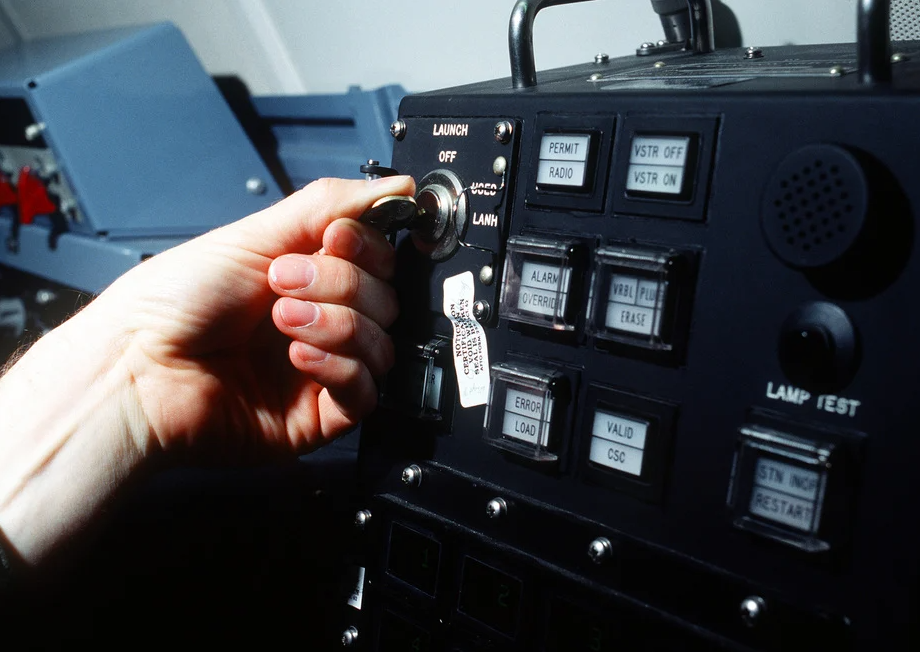The authors would like to thank the wide range of colleagues, professional acquaintances, and members of the nuclear security community who contributed their time and expertise to this paper as study participants who engaged with peers in workshops, filled out the anonymous survey, or provided individual interviews. Although we cannot identify them, we greatly appreciate their insights and perspectives. We would also like to thank Pacific Northwest National Laboratory and the National Nuclear Security Administration’s Nuclear Security Women Initiative for their financial support for this project.
Executive Summary
Frameworks for insider threats and personnel reliability and surety programs must be able to adapt to evolving risk factors and nuclear security challenges. In the post-9/11 security environment, foreign, largely Islamic extremist non-state actors were understood to pose the greatest threat to nuclear facilities and security practitioners. Today, domestic violent extremists (DVE), many with white supremacist ideological roots, pose a growing and perhaps still underappreciated threat. This research paper examines how structural and personal bias perpetuate problematic and antiquated constructs of who or what constitutes a nuclear security threat, create a blind spot in security screening procedures and personnel surety programs amid a fast-changing security environment, and lie at the root of persistent diversity, equity, and inclusion (DEI) issues at nuclear facilities. It argues that development of a DEI nuclear security culture is not only a sustainable solution to these long-standing challenges but critical to strengthening the nuclear security community’s ability to identify and mitigate threats in a shifting national security landscape.
Introduction and Methodology
Nuclear security culture plays a critical role in mitigating the risk that insiders — those vetted and cleared for access to sensitive nuclear sites, material, and information — might betray the trust of their colleagues and supervisors to misuse that access for malicious, harmful purposes. Yet in its very reliance on the “human factor,” nuclear security culture is vulnerable to bias.1 International Atomic Energy Agency, “Nuclear Security Culture,” in IAEA Nuclear Security Series No. 7 (Vienna: IAEA, 2008): 4, https://www-pub.iaea.org/MTCD/Publications/PDF/Pub1347_web.pdf. In the United States, structural bias is rooted in particular aspects of the country’s history – including slavery and segregation, Native American exclusion policies, selective immigration rules, and unequal treatment of women before the law. These elements of U.S. history, together with more recent events such as the 9/11 attacks by Islamic extremists have shaped today’s homogenous U.S. security establishment and culture, and by extension, its nuclear security culture as one focused on threats that are external or “foreign.” Focus on DEI efforts across U.S. government and private sector workplaces in recent years is a helpful proxy for bias mitigation in the nuclear field. But while security teams may understand the benefit of greater diversity to their employer and participate in organization-wide DEI training, recruitment, and other initiatives, this exploratory research effort indicates that decades of assumptions underpinning today’s security policy and procedures remain largely unquestioned and unexamined — and the role of bias in nuclear security remains largely unaddressed. DEI initiatives remain siloed and surface-level in many organizations, with broader structural issues across U.S. society hobbling efforts to make meaningful progress. This publication identifies the risk posed by structural and unconscious biases that may allow DVE working within the nuclear security establishment to go unnoticed. In the same way that national security organizations failed to adequately address the domestic violent extremist threat ahead of the January 6, 2021, attack on the U.S. Capitol, the nuclear security field overlooks or discounts similar risks. Our study found that a deeper and more intersectional approach is needed to address nuclear security vulnerabilities as well as persistent DEI challenges in the field — both rooted in individual and structural biases. The results of the research suggest that the most effective way to sustainably mitigate bias in the context of U.S. nuclear security is to apply a diverse, equitable, and inclusive nuclear security culture framework that would integrate DEI directly and holistically into the U.S. nuclear security architecture itself.
To carry out this study, the Stimson Center research team conducted a broad literature review as well as small, semi-structured virtual workshops for government, industry, and civil society specialists, policymakers, and practitioners in the field of nuclear security and DEI in the nuclear field. A total of 22 participants were divided across four workshop sessions, two of which focused on analyzing domestic violent extremist threats to nuclear security and the role of bias in identifying nuclear security threats, and two of which focused on analyzing DEI challenges and the intersection with bias in the nuclear security field. The Stimson team also developed and distributed an anonymous survey to interested stakeholders and conducted ten semi-structured, anonymous interviews with selected experts, practitioners, and leaders from government, academia, and private industry. Because of the low response rate to the survey (seven total responses), the research team has incorporated survey data into this report only informally, as illustration or anecdote rather than as statistically significant data. No personally identifiable information gathered as part of the human subject research conducted in the study is used in this report, although deidentified anecdotes, experiences, opinions, and other open-source material collected is included throughout. All interviews were conducted in confidentiality, and the names of interviewees are withheld by mutual agreement.
Notes
- 1International Atomic Energy Agency, “Nuclear Security Culture,” in IAEA Nuclear Security Series No. 7 (Vienna: IAEA, 2008): 4, https://www-pub.iaea.org/MTCD/Publications/PDF/Pub1347_web.pdf.



